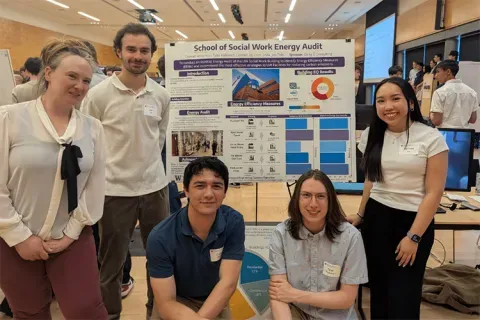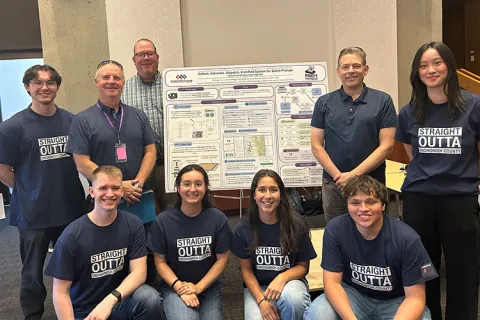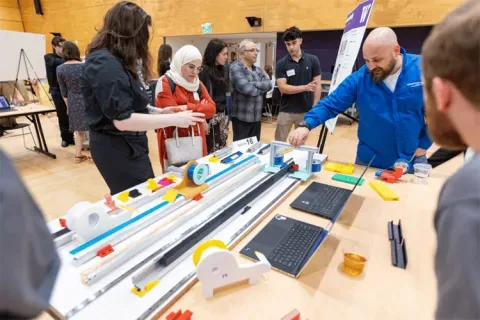Boeing
Characterization and Application of Recycled Carbon Fiber
Aerospace and other industries have increasingly utilized carbon fiber composites as a structural material due to the design and manufacturing benefits the material offers high performance products. As the use of composites increases, the recycle-ability of the material has been addressed so that like metals, the scrap and other by-products can be recycled to be used in a circular manner in other products. The carbon fiber is the most valuable component to recover for second use. Carbon fiber recovery processes have achieved pilot and production scale operation by means of chemical and thermal recovery processes to support increasing needs for carbon fiber recycling. These processes all share the common downstream market capacity challenge of recovering discontinuous largely random filament material forms (non-woven broadgoods, milled and chopped short fiber) as compared to virgin fiber continuous form. Processing and properties for recycled fiber non-woven broadgood composites have been explored and openly published. There is a need for process development, performance characterization and benefit assessment for hybridized use of recycled carbon fiber materials with virgin fiber materials such as, but not limited to, unidirectional tapes and fabrics to improve consideration and adoption of these sustainable materials for environmental benefit. The scope of this project includes but is not limited to fabrication of control and hybrid mechanical test panels, mechanical testing of those panels, assessment of potential market applications, and life cycle analysis for environmental benefit. The student capstone team will work to develop a working knowledge of fiber reinforced composites with hands-on experience designing, processing and testing laminates. Deliverables should include (1) a literature search on current state of the art, (2) Test plans for processing and characterization of hybrid options to be determined by the team with laminate design and test iteration. (3) A test report with results from processing and mechanical characterization (4) Selection of potential application(s) that can leverage advantages of hybrid performance along with a life cycle analysis based on anticipated demand, use of rCF material as compared to existing materials and designs. (5) Optionally fabrication and test of a demonstration exploration article.
Faculty Adviser(s)
Ben Rutz, Chemical Engineering
Related News

Mon, 10/13/2025 | UW Mechanical Engineering
Capstone collaboration leads to award
An ME capstone team received first place for its energy audit of the UW School of Social Work building.

Thu, 07/17/2025
UW engineering students develop smart ballot solution
UW engineering students develop smart technology solution to improve ballot collection for Snohomish County.

Mon, 07/07/2025 | UW Mechanical Engineering
Capstone creations
Students displayed innovative capstone design projects at the 2025 expo.

Fri, 09/20/2024 | UW Civil & Environmental Engineering
Smarter irrigation for a greener UW
A new project combines satellite data with ground sensors to conserve water and create a more sustainable campus environment.